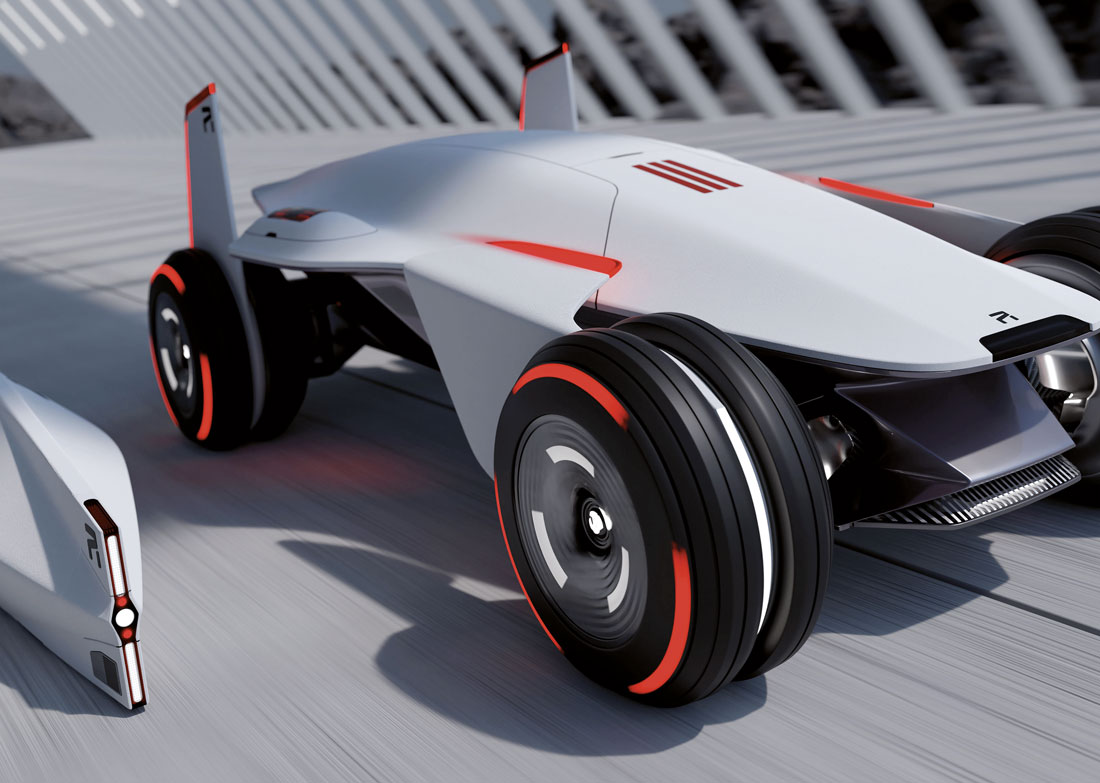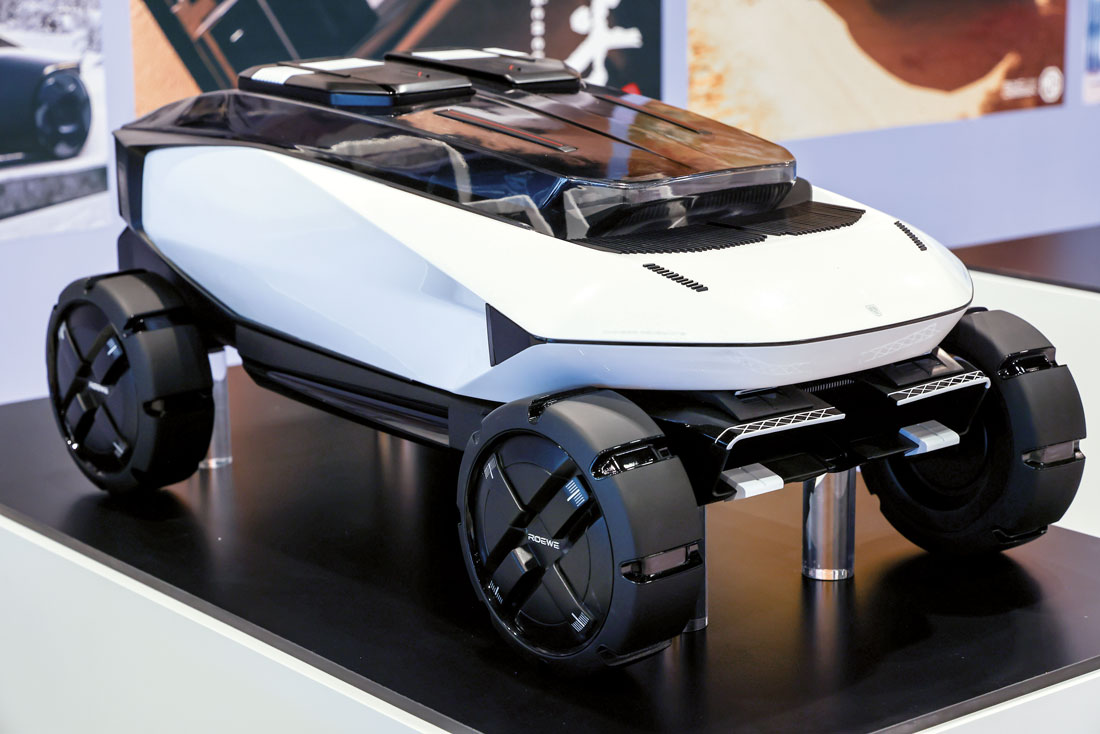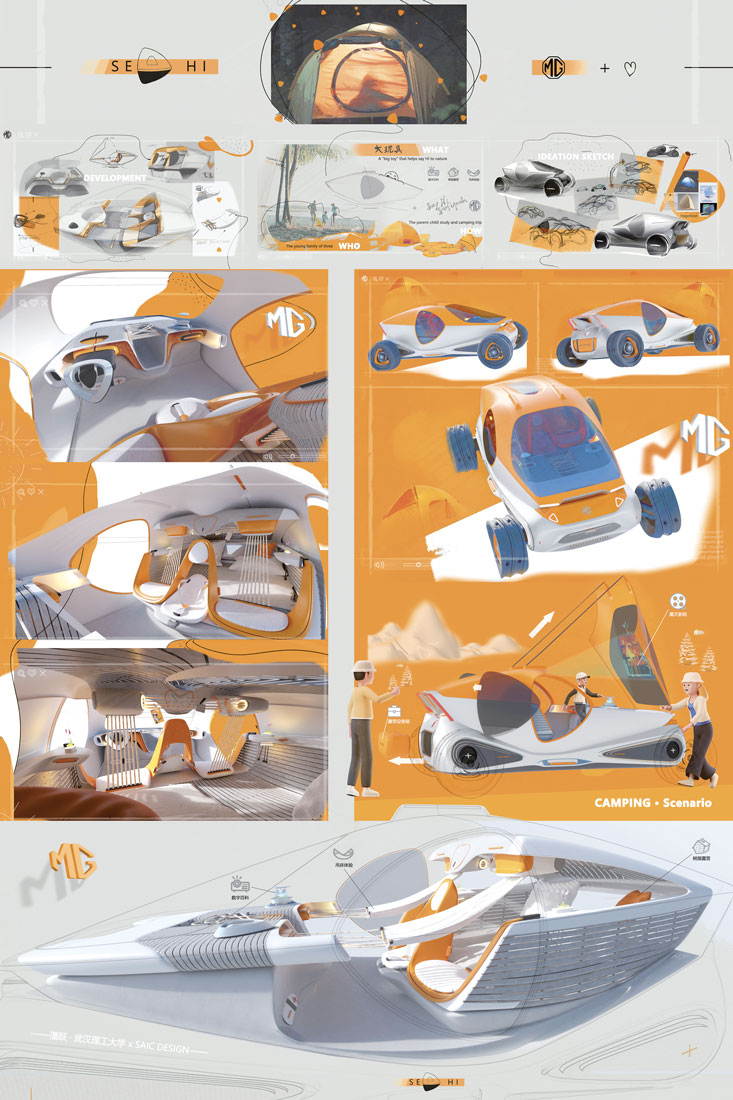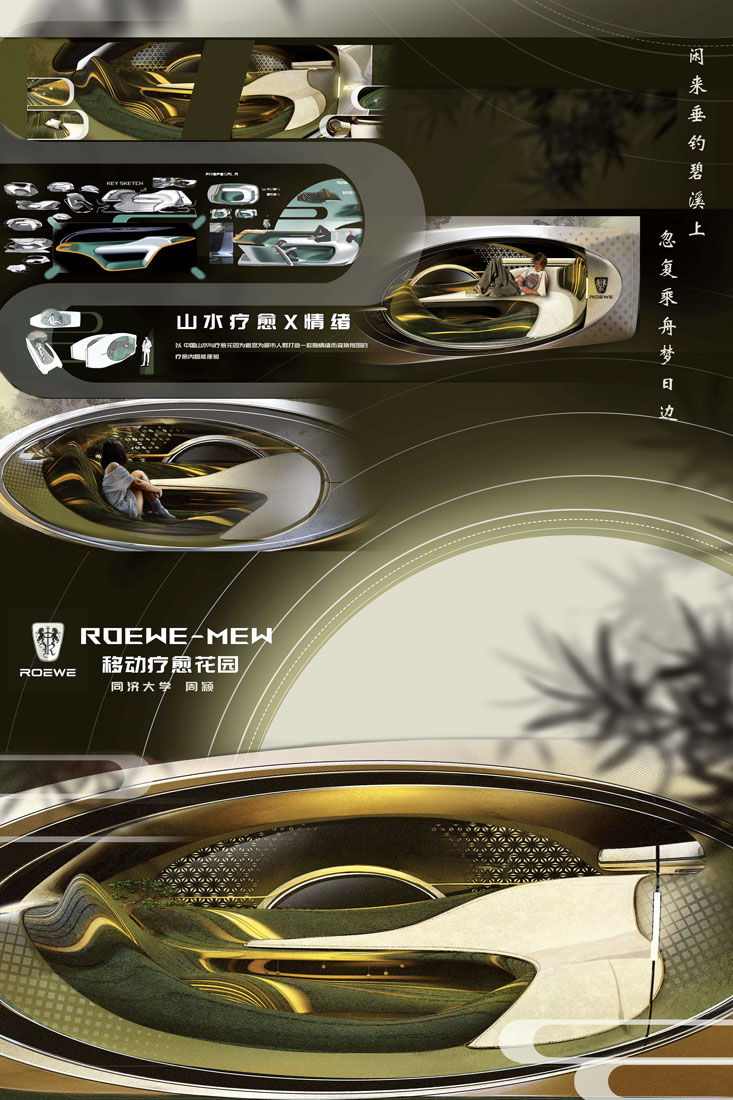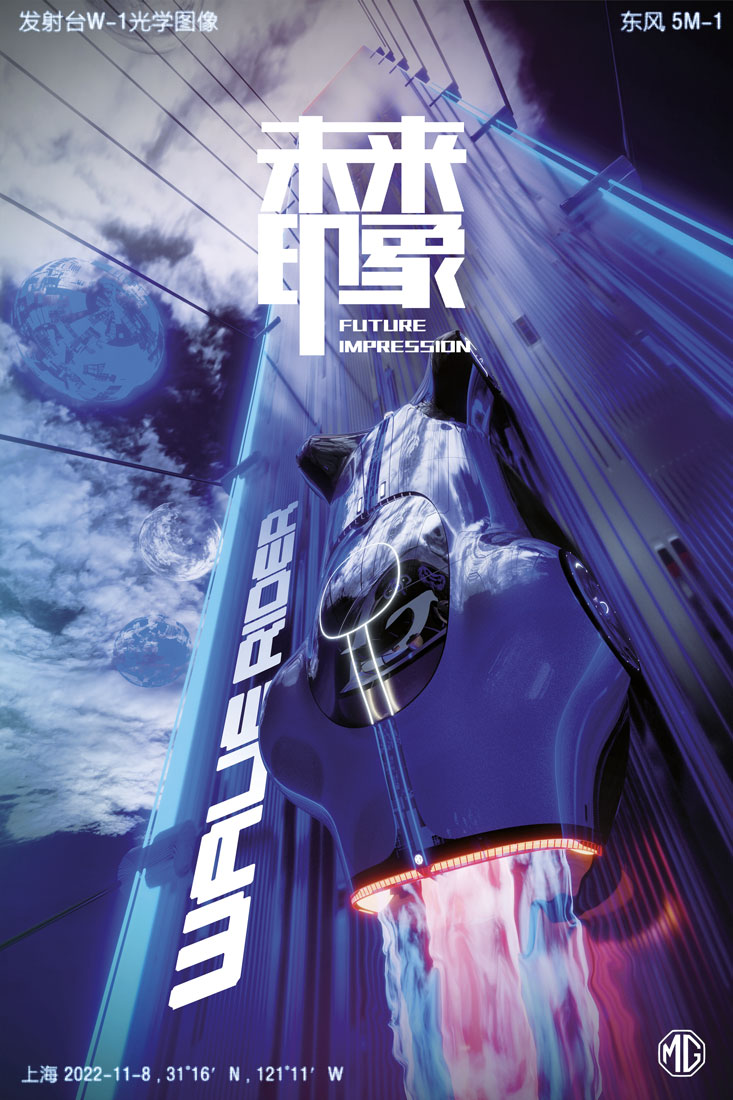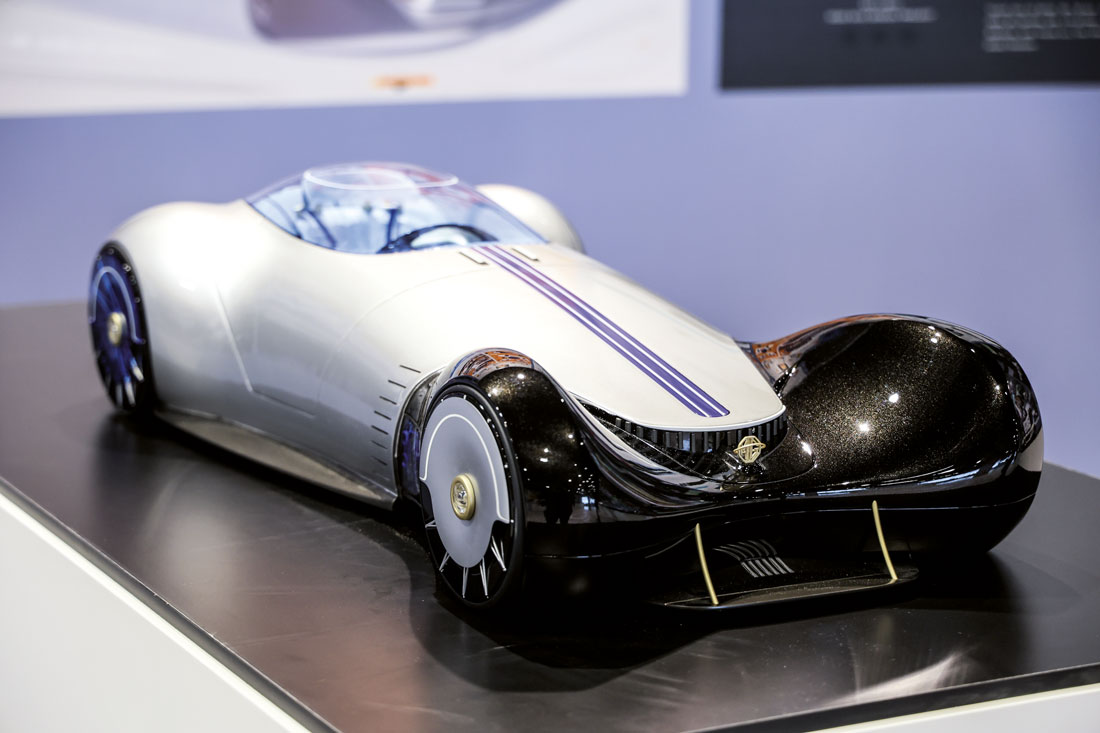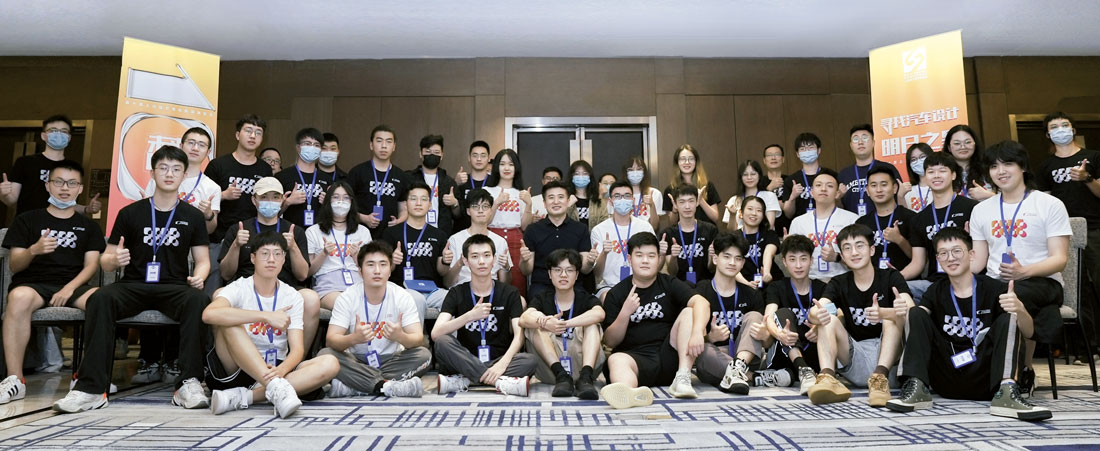The Chinese automotive industry is expanding apace, the result of more than two decades of rapid growth. Against such a backdrop of progress, the design function plays a part of decisive importance, as does the ability of companies to pinpoint young talents with an international vision who can develop their skills in house.
With a view to attracting the interest of young creatives wherever they may be, in 2013 the Saic Group launched the Saic Design Challenge, an international competition dedicated to automotive design and now at its tenth edition. Set up with the aim of exploring new styling and design horizons to heighten the appeal of Chinese automotive products beyond national borders, the competition, which targets design students from the world’s most prestigious schools, has evolved into a melting pot for young talent, and has become a springboard for professions in the global automotive industry.
With the participation of students of graphic, product and fashion design alongside car design specialists, this year’s edition, under the theme “future impression”, has opened the door to new design horizons. By breaking out of the box of traditional car design, stylistic contaminations have been welcomed in from other creative sectors and have given rise to innovative projects that explore the different needs, preferences and lifestyles of future users.
The entries were judged by an international jury of forty members including automotive design professionals, design academics, artists, architects, independent designers and communication experts. Among them were Shiro Nakamura, an internationally renowned master of automotive design, professor of design at the Royal College of Art, Coventry University, Staffordshire University and the IAAD Design Institute in Turin; Professor Wang Shouzhi, founder of modern design education in China; and Liu Yi, a famous Chinese painter.
After meticulous examination and appraisal of the five criteria: relevance, innovation, aesthetics, integrity and value, the project ‘Rising Auto 2050 Concept’ by Su Xinyue of Chongqing University was declared the winner. The projects ‘Roewe General SUV Concept’ by Jin Fanbo of LuXun Academy of Fine Arts and ‘Roewe Molive Concept’ by Liao Yiling of Tongji University tied for second place. In third place, at equal merit: ‘Rising Auto OUREA Concept’ by Wang Jialin (Shanghai University); ‘Roewe MEW Concept’ by Zhou Yin (Tongji University) and ‘MG SEE-HI Concept’ by Pan Yue (Wuhan University of Technology). Special mention for the project ‘MG WAVE-RIDER Concept’ by Wang Lichen of the Central Academy of Fine Arts.
(Full article in A&D no. 259)


